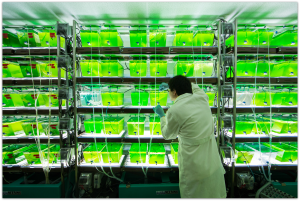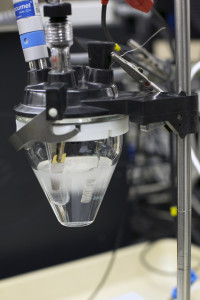 Cyanobacteria has been recognized by researchers as a promising platform for biofuel production since 2013. The bacteria—more commonly referred to as blue-green algae—has the ability to grow fast and fix carbon dioxide gas. Unlike many other forms of bacteria, they do not require fermentable sugars or arable land to grow.
Cyanobacteria has been recognized by researchers as a promising platform for biofuel production since 2013. The bacteria—more commonly referred to as blue-green algae—has the ability to grow fast and fix carbon dioxide gas. Unlike many other forms of bacteria, they do not require fermentable sugars or arable land to grow.
While that all spells out promising potential for the transformation into biofuel, the productions methods have not been adequate to take this development to commercialization.
A ‘Green’ Revolution
Now, researchers from Michigan State University have found a way to streamline the molecular machinery that transforms cyanobacteria into biofuels. To do this, researchers fabricated a synthetic protein that can improve the bacteria’s ability to fix carbon dioxide gas as well as potentially improve plant photosynthesis.
“The multifunctional protein we’ve built can be compared to a Swiss Army knife,” says Raul Gonzalez-Esquer, a doctoral researcher at Michigan State University and one of the authors of the study. “From known, existing parts, we’ve built a new protein that does several essential functions.”


